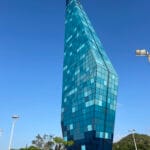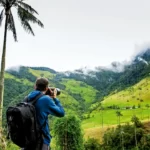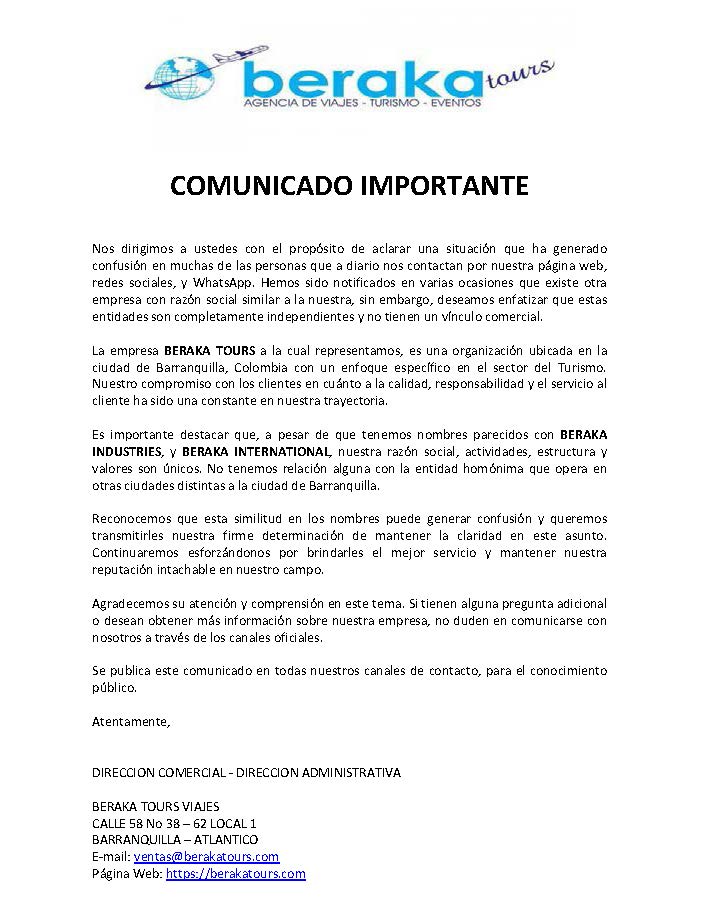
Barranquilla’s Carnival
Barranquilla’s Carnival is the largest and most important festival in Colombia and one of the most festive and colorful carnivals in the world. More than one and a half million people, including visitors and barranquilleros participate in the party. It is celebrated from Saturday to Tuesday before Ash Wednesday, usually in the month of February, and sometimes in early March. It has a tradition of more than one hundred years. The carnival season begins on the second Saturday of January, when public festivals or festivals begin, however, other activities directly related to the carnival take place during a large part of the year. The Carnival is a cultural event in which all the cultural varieties of the Colombian Caribbean Coast are expressed and represented, the region’s folklore is given free rein, the most varied local cultural manifestations, music and dance. It constitutes, without a doubt, the most representative aspect of the city, a playful space that every year attracts locals and strangers alike.
This celebration, for its variety and cultural richness, has obtained two important recognitions: “Cultural Patrimony of the Nation”, in a declaration granted by the National Congress of Colombia on November 26, 2001, and “Masterpiece of the Oral and Intangible Heritage of Humanity », awarded by Unesco in Paris on November 7, 2003.
Origin and evolution
The carnival is born from the fusion between the ancient pagan festivals and the Catholic tradition. It is an event where the party and fun is the main thing, before entering the austere time of Lenten penance. At carnival, people dress up as an act of fun and disinhibition. The most traditional costumes of the Barranquilla carnival are marimonda, garabato, congo, torito and monocuco, the latter of European origin. They are cause for laughter and scare all kinds of animal species, native and strange; African blacks; big heads; insane dolls; Superheros; mythological beings, gays and Death, among an almost endless number.
Characteristics of Barranquilla’s Carnival
The masks of bull, of tigrillo and of bear, among others. they are characteristic and distinctive of Barranquilla’s Carnival. The satirical disguises and allusions to current events are a reason for collective hilarity and cause great expectations every year. In 1888 the figure of King Momo was created, a male counterpart of the Queen of Carnival. In 1899 the position of President of the Carnival and an Organizing Board was created. In 1903 the first Battle of Flowers was organized to celebrate the end of the War of a Thousand Days. In 1918 the queen who would preside over the Carnival festivities was elected for the first time, with Alicia Lafaurie Roncallo elected. As of 1923, the era of the reigns was institutionalized, which had been suspended for five years. It is named Toña Vengoechea Vives. In 1967 the Great Parade was introduced to the carnival, a parade of folk dances (without floats) that takes place on the second day of carnival. In 1969 the Festival of Orchestras was created, a musical competition by genre that is disputed between the different singers and orchestras that appear in the Carnival. The winners in each category receive the coveted Congo de Oro. From 1974, at the initiative of Esthercita Forero, the Guacherna takes place, an event that would rescue a lost tradition, that of parades, cumbiambas and night drums that cheered the neighborhoods of the city. In 2001, Barranquilla’s Carnival receives the recognition of “Cultural Patrimony of the Nation” by the National Congress of Colombia. In 2003, it was declared by Unesco «Masterpiece of the Oral and Intangible Heritage of Humanity».
Activities
During this time, the Barranquillero and a good number of foreigners who come to the city abandon themselves to collective enjoyment, drinks and dancing. The festivities, which are presided over by the carnival queen and King Momo, are lit from the Precarnavales, which begin “officially” with the whistles announcing the arrival of the new year. The Precarnavales events begin with the Reading of the Bando, continue with the Taking of the City, the Coronation of the Queen, the Carnival of the Children, the Gay Parade and the most important celebration of the Precarnavales, La Guacherna, fantastic night parade two Fridays before the Saturday of Carnival, established in 1974 thanks to the initiative of the composer Esthercita Forero. Carnival begins on Saturday Carnival with the Battle of Flowers, its central and most important act. It is a great parade of floats, led by the queen of the carnival, followed by folk groups, cumbiambas and comparsas organized for the first time in 1903 by General Emiliano Vengoechea to celebrate the end of the War of a Thousand Days. Since 1991, it has been in Vía 40, after having been for years in the Olaya Herrera avenue (race 46), the Cuartel alleys (race 44) and July 20 (race 43), and in the Bolivar promenade. At the same time, other events take place, such as the parade on 17th street or the parade of King Momo and the Battle of Flores del Recuerdo in Callejón del Cuartel (career 44). On Carnival Sunday, also on Vía 40, the Great Parade of Tradition is staged, a parade instituted in 1967, where only traditional folkloric groups, cumbiambas and comparsas are performed. In the Great Parade floats do not parade. On Carnival Monday the Festival of Orchestras (created in 1969) is held, from the early hours of the afternoon to the early hours of Tuesday. In the Festival, the orchestras and groups that participate in the many dances of the carnival participate in the different musical categories. The winners in each category receive the coveted Congo de Oro. That same day the Great Parade of Fantasy is celebrated in the Via 40. As a closing, on Carnival Tuesday the funeral of Joselito Carnaval takes place, which symbolizes the end of the festivities. On this day in many neighborhoods of the city jocular “funerals” of Joselito, character that symbolizes the joy of the parties, who had “resurrected” on Saturday of Carnival and “dies” the last day tired and “enguayabado”, are performed “Resurrect” the following year at the next carnival. In the night a lively meeting of litanies takes place in the Abajo neighborhood or in the Plaza de la Paz, with which, in simple verses and with their characteristic intonation, they are aired, criticized and commented on the current local, national and international. The next day, Ash Wednesday, Lent begins, a period of religious recollection and abstention that precedes Holy Week.
Costumes and Folk Dances
Dances are a primordial component of Barranquilla’s Carnival, as well as folk music, litanies and costumes. In Barranquilla’s Carnival you can enjoy the most joyful air of coastal folklore, such as cumbia, puya, jalao, chandé, porro, bullengue, pajarito, mapalé, merecumbé, guaracha, rhythms from Africa or the musical expression of the Caribbean Sea basin, such as salsa and merengue, as well as other rhythms such as vallenato, reggaeton and tropical types. The cumbia is the main rhythm of Carnival, especially in the parades such as the Battle of Flores and La Gran Parada, where the cumbiambas or large groups of couples dance, the man gallancing the woman, and the woman flirting with him. In addition to the cumbia, the mapalé stands out, rhythm that is based on the movements of a fish and where the woman and the man move contracting the abdomen; also, different traditional dances, day by day, gain more ground in one of the most important carnivals in the world.









